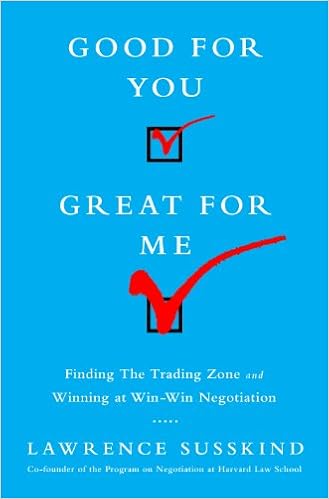I recently had a chance to spend some time with several dozen judges who do JDR. I was
surprised to see how differently they approach their dispute resolution assignments. Since judges rarely have time to watch their counterparts work, so the variation in their methods surprised them, too. To my way of thinking, these differences raise several interesting questions. Is it fair to litigants when the judges in the same province offer radically different services under the JDR heading? Or, is it advantageous? Do the lawyers involved understand what they are buying into when they sign up for JDR with a specific judge? If (some) judges are offering the same mediation services that private out-of-court mediators provide, does it make sense for judges to be doing this work? Shouldn't their time and energy be devoted exclusively to more traditional judicial activities?
Let me begin by saying that in my view, every judicial system ought to include JDR. At present, though, only a few countries like Canada, Australia, New Zealand and the Philippines are fully committed to the idea. (You can read more about why this is the case in Tania Sourdin and Archie Zariski's book The Multi-Tasking Judge: Comparative Judicial Dispute Resolution.) The general hope is that JDR will reduce the court's burden, minimize the time and cost involved in litigation, and generate agreements that leave both sides (rather than just one side) happy with the outcome. In the Province of Alberta, Canada, more than 80% of the litigants who take advantage of JDR, express a high level of satisfaction with both the process and the outcome.
Let me come back to each of the questions I raised above. If JDR produces "better" results (in the eyes of the litigants), more quickly, then it is probably worth the effort. If JDR takes judges away from more traditional judicial activities, leading to a shortage of judges to handle traditional cases, then that's a problem. If judges are consistent in their approach to JDR, taking either an evaluative or a facilitative approach, and both lawyers are aware of these styles and can choose the JDR judge they want, than the differences may be advantageous. If lawyers are unaware of these trends, or have no control over the judge assigned to their case, then these variations may create significant unfairness. This assumes, of course, that one approach is better suited to the facts of each case. For example, if settlement hinges on non-financial considerations (i.e. apologies, future relationships between the parties, creative swaps that go beyond what the rule of law requires, etc.), than an evaluative approach is likely to produce sub-optimal outcomes. If only financial considerations are at stake, and the parties are not likely to have any future interactions, then a facilitative approach might not be necessary.
Some judges are quite capable of adopting a hybrid approach, relying on caucusing and joint problem-solving part of the time, but knowing when and how to introduce a forecast of what might happen if the case goes to litigation. If all the judges in the system are able to make the switch, and use either method, the variation in approach won't be an issue. But, it appears, they are not. So, it might make sense for all cases headed for JDR to first go through out-of-court (facilitative) mediation. If a case does not settle out of court, then, and only then, would it go to a JDR settlement conference. My sense is that the JDR judge ought to have access to a summary report from the outside mediator. The report would not to go, of course, the judge who ultimately hears the case if JDR fails.
I was surprised to learn that JDR judges don't receive much training in the tools of dispute settlement. That seems like a mistake. Just because someone is appointed to the bench, doesn't mean that they are skilled in settlement techniques. At the very least, I would expect new judges to shadow some of the most experience JDR judges in their district for a while before handling JDR cases on their own.
I know that published evaluations of JDR indicate that the parties who participate are mostly satisfied. I'm not sure, though, they know what they might have missed. JDR participants might be happy because they avoided the discomfort and the cost of traditional litigation, not because they got an ideal outcome. Someone needs to do assessments of JDR that look closely at the potential "joint gains" the parties may have left on the table and not just at the short-term satisfaction (or happiness level) of the participants. Also, what about the 15 - 20% of JDR participants who are not satisfied? We need to know what can be done to address their concerns.
Judicial systems that don't have any form of court-annexed mediation, or pre-trial settlement conference facilitated by a JDR judge or a trained mediator, ought to consider the potential savings associated with these options. Those that have JDR, ought to make some adjustments if variations in the dispute settlement techniques employed by the judges in their system are producing sub-optimal results.




